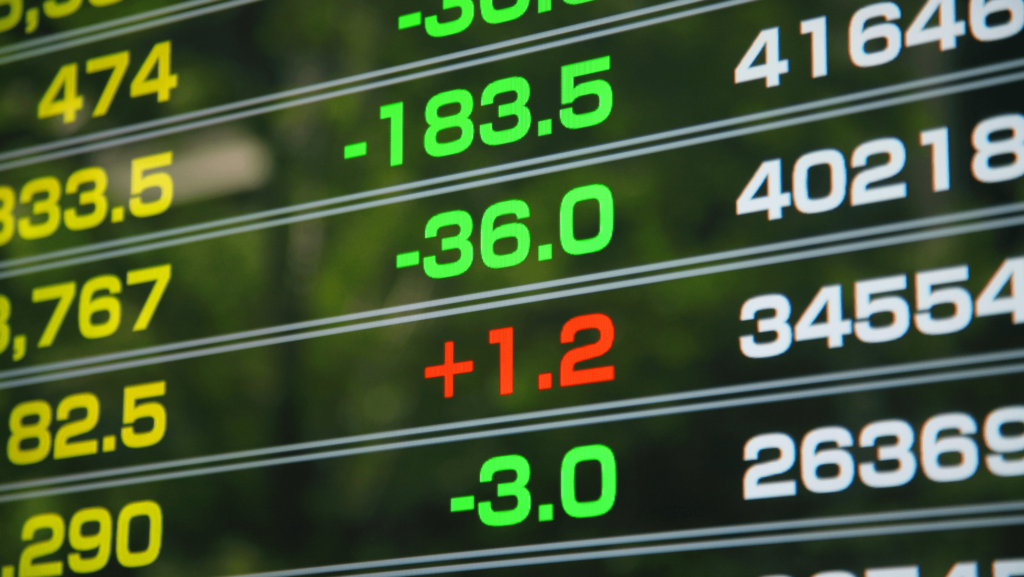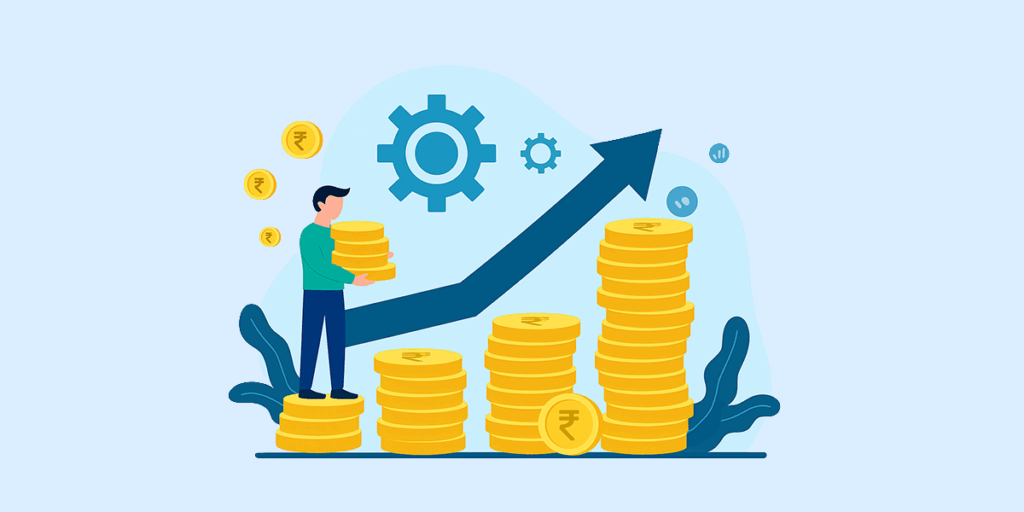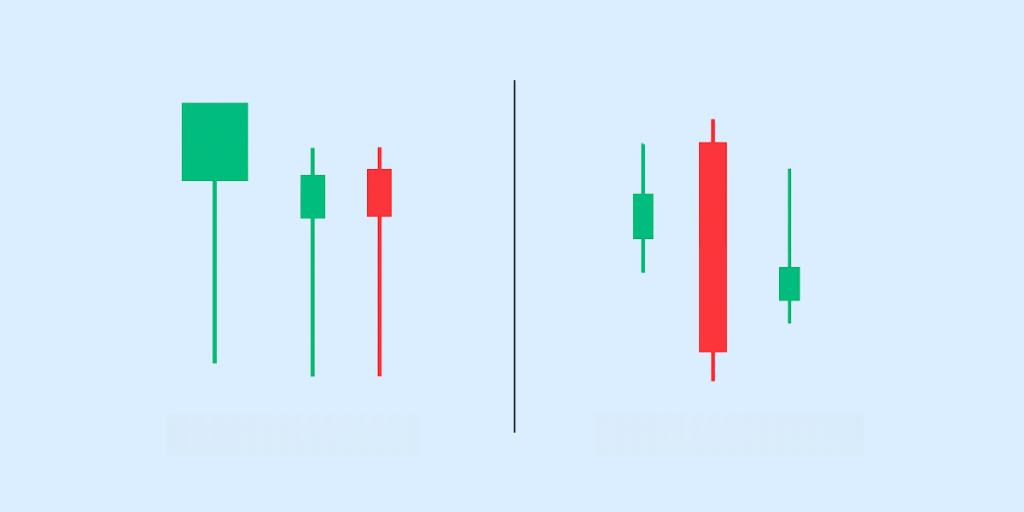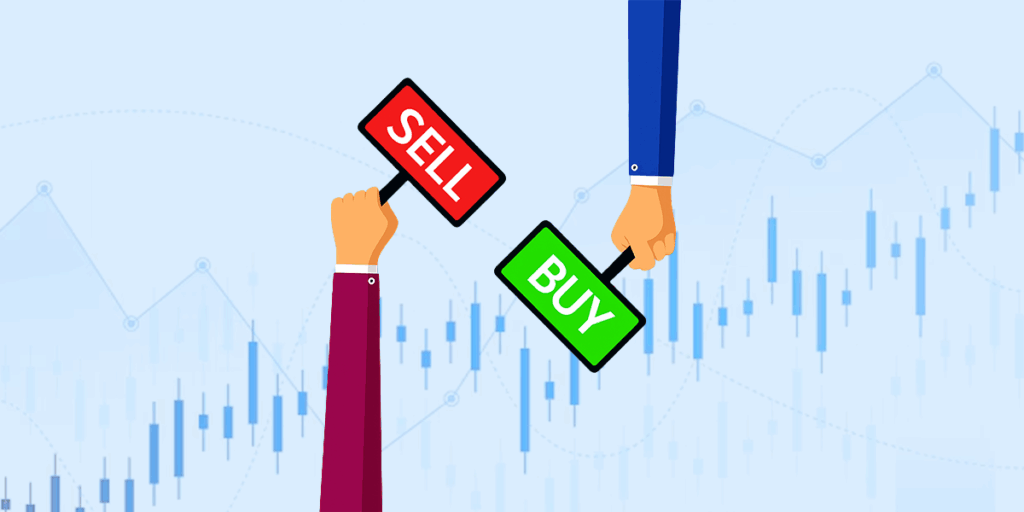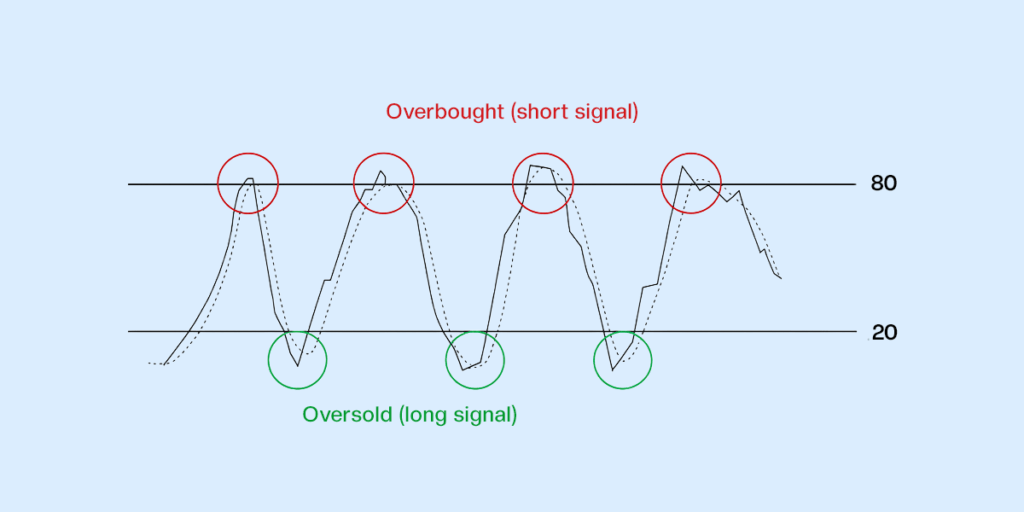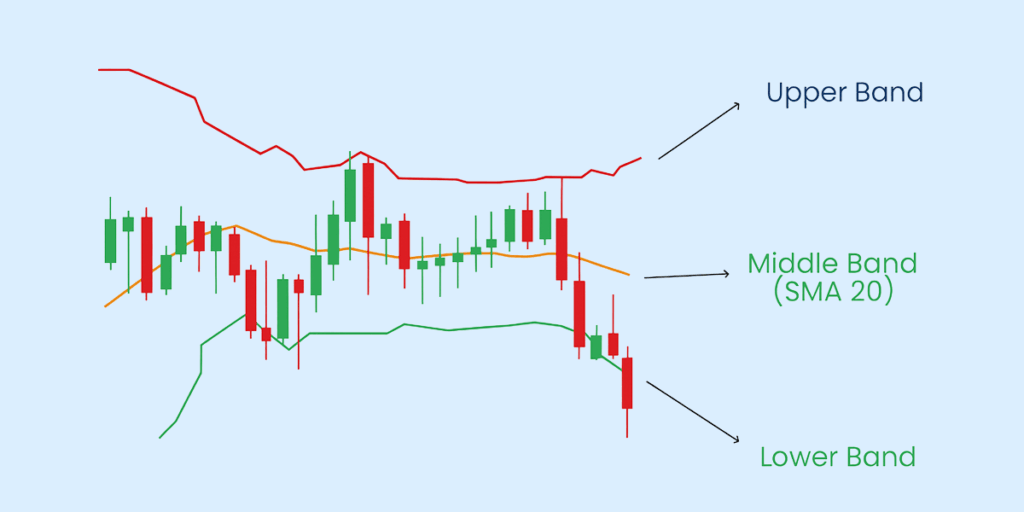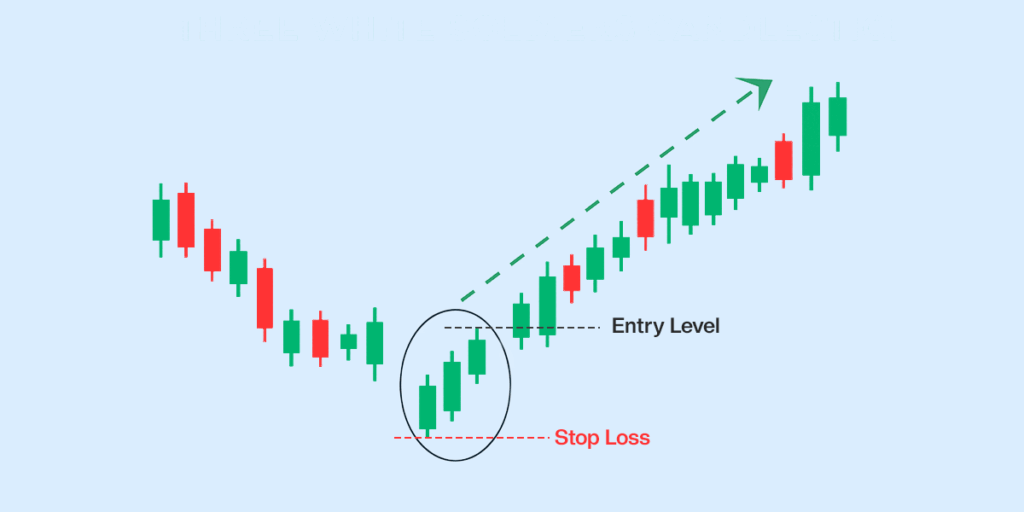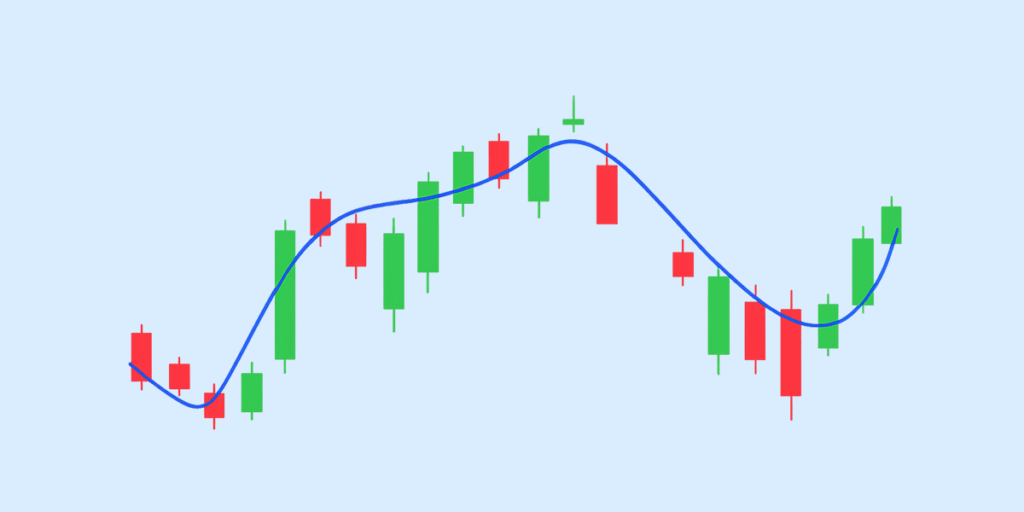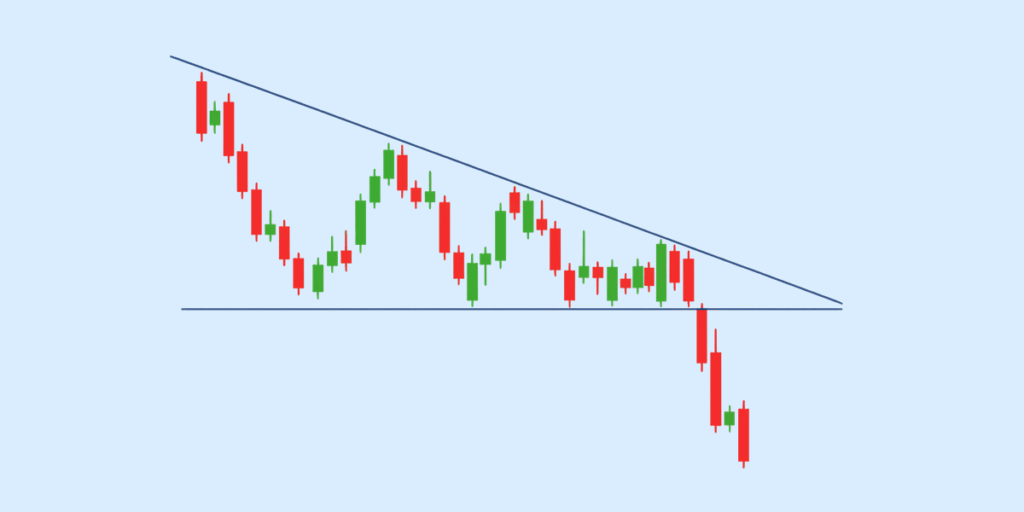Quick Summary
LTP in the share market stands for the Last Traded Price. It is the price at which the most recent trade of a stock occurred. It is updated in real-time as trades happen and shows the exact price at which the last transaction occurred in a stock. Last traded price is different from the Current Market Price (CMP) of a stock, though many people use these terms interchangeably.
Also read: CMP in Stock Market
Several factors influence the LTP:
- Demand and Supply: While a single transaction (whether higher or lower than the last one) is not an indicator of the overall trend, last traded prices will be trending lower when supply is higher than demand (i.e. more sellers in the market than buyers), and trending higher when demand is higher than supply (i.e. more buyers than sellers).
- Market Participants: The actions of institutional investors, retail investors, and market makers affect the LTP through their buy and sell orders.
- Market Sentiment and News: Economic news, market sentiment, and external factors like Government policies also impact the LTP. If the market reacts positively to Government policies and news, LTPs will start trending upwards, and downwards if the market’s sentiments are negative.
How is LTP calculated in the Share Market?
You don’t need to calculate the Last Traded Price (LTP). The best online trading platforms do it automatically. You’ll see the LTP in real-time with each new trade shown clearly on their interfaces.
These platforms provide accurate and up-to-date LTP data, along with other useful information and trading tools. Automation ensures you have the latest price without any manual calculations, thus making your trading easier and more reliable.
Here is an example calculation of the LTP in the share market.
Let’s assume the following trades occurred for a stock.
10:05 AM: 700 shares traded at ₹150
10:15 AM: 300 shares traded at ₹152
10:25 AM: 500 shares traded at ₹151
10:35 AM: 400 shares traded at ₹153
The LTP is the price of the most recent trade.
In this example, the LTP is ₹153 (from the trade at 10:35 AM).
How does Trading Volume Impact LTP?
Trading volume significantly impacts the Last Traded Price (LTP) in the share market.
Price Movement
High trading volume can lead to bigger price changes. More buy or sell orders mean the LTP can fluctuate more. However, stocks with high trading volume are usually less volatile because they are less affected by individual trades.
Liquidity
Trading volume measures how active the market is. High volume means it’s easier to buy or sell stocks without changing the price much. High liquidity makes the gap between buying and selling prices (bid-ask spread) smaller.
Market Sentiment
When investors are confident about a stock’s performance, and trading volume is high, the LTP tends to increase because more people buy. However, when confidence is low, and trading volume drops, the LTP may stay the same or decrease as fewer people are trading.
Volatility
High volume often comes with high volatility (price swings). Big buy or sell orders can cause rapid price changes, affecting the LTP. Volatility can attract traders who want to profit from quick price movements.
Price Discovery
Trading volume helps determine a stock’s true value. LTP shows what most people think the stock is worth right now. When there’s a high trading volume, more people set that price, making it more accurate. More trades mean a better reflection of real demand and supply.
Importance of LTP in Stock Market
The Last Traded Price (LTP) in the stock market is one of the critical metrics. It shows the most recent price at which a stock was bought or sold and offers real-time insights into its current market value. Here are a few key reasons why LTP is crucial for traders and investors.
Real-Time Information
LTP shows the most recent price at which a stock was traded. This helps traders and investors make quick and informed decisions. The latest prices help them understand the current market situation and react swiftly.
Price Discovery
LTP helps find the right price for a stock. As people keep buying and selling, the LTP reflects the latest price agreed upon by buyers and sellers. This process helps determine the stock’s true value based on what people are willing to pay and sell for at the moment.
Market Sentiments
LTP is an indicator of current market sentiment. It means people are positive (bullish) about the stock if it’s going up. If it’s going down, people are more negative (bearish). Knowing this helps traders and investors adjust their plans according to the market mood.
Intraday Trading
LTP is important for intraday traders, who buy and sell within the same day. They rely on LTP to make quick decisions based on the latest price changes, which helps them profit from short-term price movements.
Difference Between Closing Price and LTP
Despite being closely related, the closing price and the last traded price (LTP) are not always the same in the share market. Here are the key differences between the two:
| Category | Closing Price | Last Traded Price |
| Calculation | The weighted average of the last 30 minutes of trading | Actual price of the last trade during the session |
| Representation | Represents the final value for the day, based on all trading activity | Represents the most recent price at which a stock was bought or sold |
| Volatility | Less susceptible to last-minute price swings due to averaging | Can be influenced by large last-minute buy or sell orders |
| Importance | Used as a benchmark for performance comparison over time | Provides real-time insight into current market value |
| Variation | Typically close for liquid stocks with high trading volumes | May differ, especially for illiquid stocks or in volatile market conditions |
Here’s an example of the calculation for both.
Let’s take the previous example.
10:05 AM: 700 shares traded at ₹150
10:15 AM: 300 shares traded at ₹152
10:25 AM: 500 shares traded at ₹151
10:35 AM: 400 shares traded at ₹153
As you already know, the LTP is ₹153 (from the trade at 10:35 AM).
Here is the calculation of the closing price for the last 30 mins:
Total number of shares traded = 700 + 300 + 500 + 400 = 1900 shares
Total trade value = (700 x 150) + (300 x 152) + (500 x 151) + (400 x 153) = 1,05,000 + 45,600 + 75,500 + 61,200 = ₹ 2,87,300
Closing Price = Total trade value / Total volume = ₹ 2,87,300/ 1900 = ₹ 151.21
Why Choose Appreciate Wealth App for Trading and Investing in Share Market?
If you are looking for a reliable app, whether you’re a beginner or an experienced investor, the Appreciate App can be your trusted platform with numerous benefits. As one of the best stock market apps, it offers a seamless platform for trading and investing.
No commission fees: Invest in US stocks, ETFs and Mutual Funds without worrying about commission fees. Learn about the different types of investments.
Low transaction fees: Enjoy significantly lower transaction fees compared to other platforms.
AI-powered recommendations: Get personalised buy/sell recommendations powered by advanced AI technology.
Educational resources: Access helpful resources to improve your investing knowledge and skills.
Guided investing: Benefit from tools and tips to help you make informed investment decisions.
Diverse investment options: Invest in various products, including US equities and fixed deposits.
Fractional investing: Start investing in small amounts by purchasing fractional shares.
Automated SIPs: Set up automatic investment plans for hassle-free investing.
Easy transfers: Transfer funds and place orders with just one click.
Enhanced security: Your data is protected with robust encryption and regulatory compliance.
Global access: From your smartphone, explore international markets, including the US.
User-friendly interface: Navigate the app effortlessly with its intuitive design.
Dedicated support: Get help from our dedicated customer support team when you need it.
What’s stopping you now? Download the Appreciate Wealth App and start investing right away.
Frequently Asked Questions about Last Traded Price.
What is the full form of LTP?
The full form of LTP is the Last Traded Price.
What is meant by LTP in the share market?
LTP represents the price at which the last trade of a stock occurred.
What role does LTP play in technical analysis?
LTP is used in technical analysis to identify market trends, support, and resistance levels and to generate buy and sell signals.
What is LTP risk?
LTP risk refers to the risk associated with trading at the last traded price, which may not always reflect the true market value of a stock due to various market factors.
What is the difference between ATP and LTP in the share market?
ATP (Average Traded Price) is the average price of a stock over a specific time, showing the market’s overall view. On the other hand, LTP (Last Traded Price) is the price of the latest trade, which can be affected by different market factors.
Can LTP be different from the current market price (CMP)?
Yes, LTP and CMP can differ. LTP is the price of the last trade, while CMP is the current market price at which the stock is trading.

